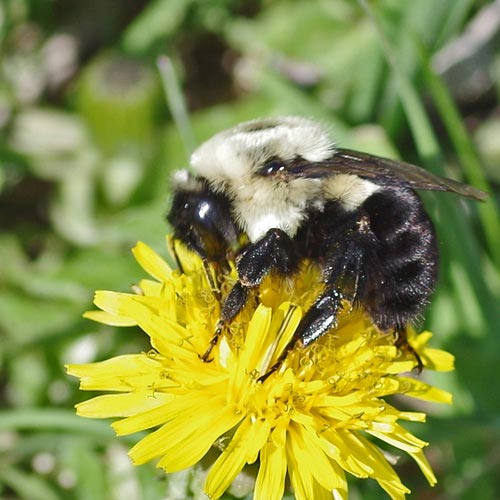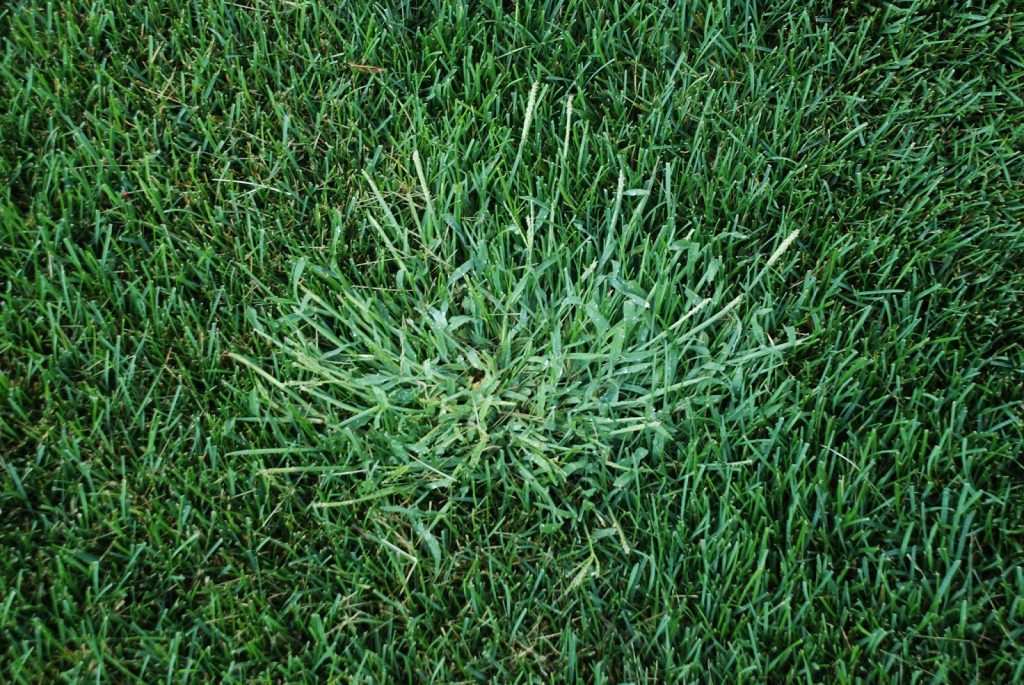Spring has Sprung and Here Come the Weeds
- 2021-03-04
- By mkirk
- Posted in The Garden Buzz
By Carol Gilmore, Colorado Master Gardener
Spring is a good time to get ahead of the weeds in your garden and lawn. Declaring war on weeds, though, should be taken on with a rational dose of reality. Weeds will always be a part of the environment and in many ways, they denote a healthy and diverse landscape. Unfortunately, some have the propensity to take over.
A weed is often defined as a plant that is growing where it is not wanted, but a weed is also dependent on the eye of the beholder. There are several plants that I allow in my garden that are considered weeds by others. I enjoy their profuse flowers and I appreciate their benefits. Milkweed is a good example. The beautiful blooms support bees and other pollinators, the plant is native to North America, and the Monarch butterfly depends on it for its very existence.
Photo right: bumblebee on dandelion, uwm.edu
Consider dandelions. Did you know that dandelions are an early food source for bees? They can be used as food or wine in the human diet and are nutritious. It may be better to find a way to minimize the worst weeds and live with the rest so you can sleep peacefully at night.
Some weed seeds can persist in the soil for up to 100 years. Weed seeds can also be blown in by the wind or carried by birds and other animals. They can even be part of soil amendments that you use to improve your soil. There is virtually no way to avoid them.
Recognizing the early stages of the weeds that you don’t want in your garden or lawn is helpful in getting control over them. Some of the earliest germinating weeds are dandelions and crabgrass. It’s important to know the weed you are battling, what its life cycle is and the type of soil it prefers. If you want to get a handle on them, begin paying attention to control as early as March.
One of the best things you can do to prevent weeds in your lawn is to practice proper turf management. Controlling weeds in your lawn can be done by mowing grass to no less than 2 ½ to 3 inches tall because shading the ground helps prevent weeds from germinating. Crabgrass is more aggressive and common in lawns mowed less than 2 inches tall. Mowing on a regular basis so that only one-third of the grass blade is removed during the mowing process is another preventative measure. That could mean that it is important to mow as often as every three to five days during the peak growing season in spring and early summer. In the heat of summer when bluegrass lawns slow down, you won’t need to mow nearly so often. Irrigating deeply and less often will encourage deeper root growth in the lawn, which prevents weeds. Fertilize as required and core aerate your lawn once each year in the spring or fall.
Preventing weed growth in your garden can be managed by cultivating young weeds as they emerge, spacing of desirable plants so that they prevent weed growth by overshadowing young sprouts, mulching to smother weed growth and not irrigating areas where you don’t want weeds to grow.
When it comes to weeds it is smart to know where to pick your battles. Noxious weeds are another matter. By Colorado law, every landowner (public and private) is responsible for controlling noxious weeds.
CSU provides helpful information on dealing with grassy weeds in the lawn and how to decrease the weed seed bank in your landscape.
Horticulture Resources
- Garden Buzz Archives
- CSU Extension Resources
- Colorado Master Gardener Program
- Foothills to Plains Native Plant Master Program
- Native Bee Watch Community Science Program
- The Co-Hort Blog
- PlantTalk Colorado
- Soil Testing
- Plant Select
- Emerald Ash Borer
- Japanese Beetle
- Colorado State Forest Service
- Ask an Expert




